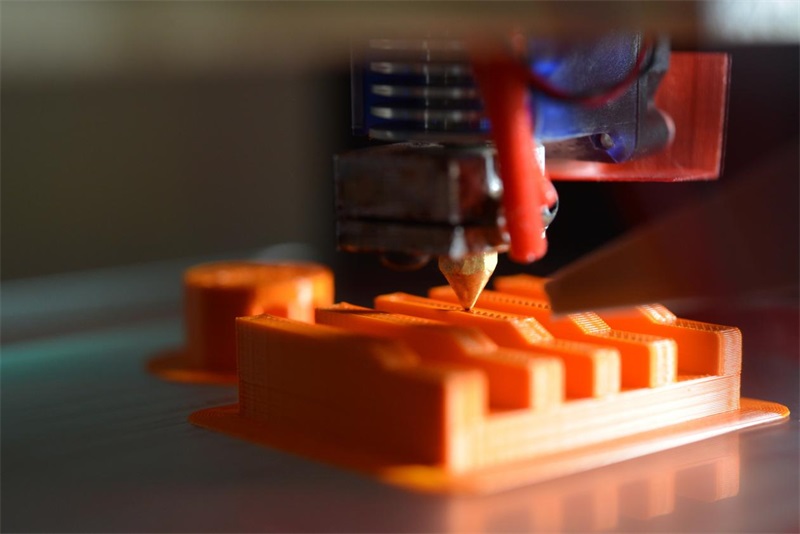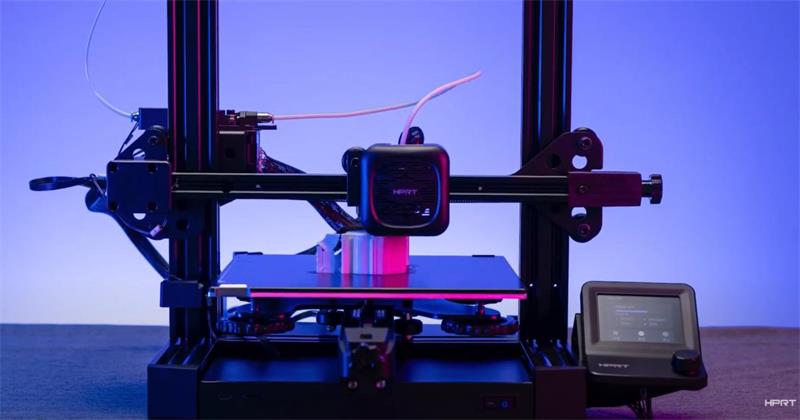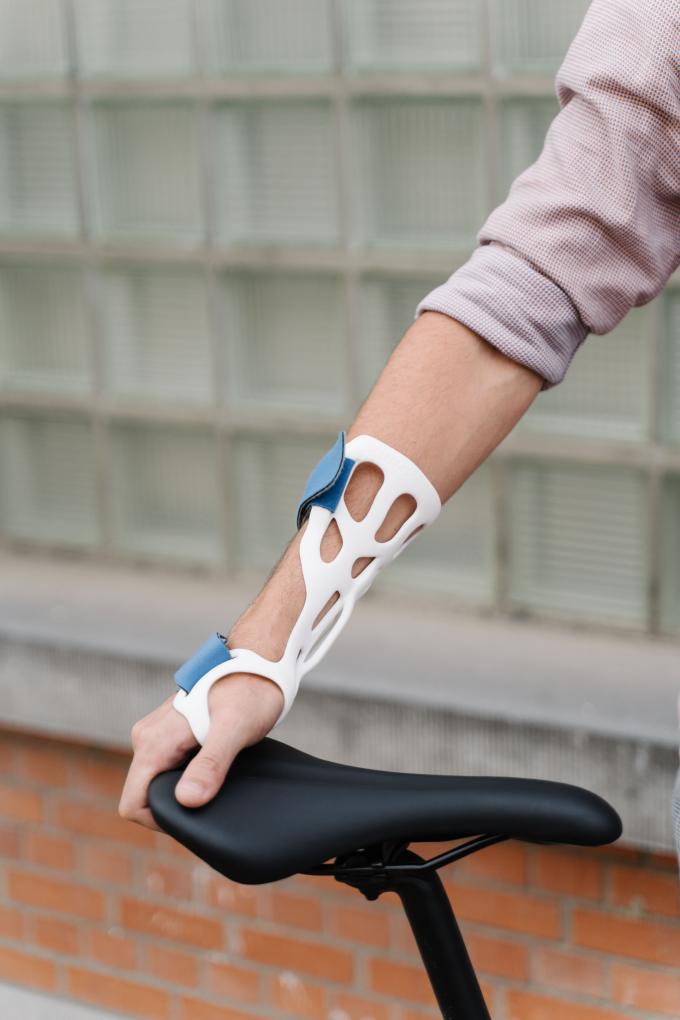Unraveling the Magic of FDM 3D Printing: Which is stronger FDM or SLA?
In the dynamic world of manufacturing and production, 3D printing, specifically Fused Deposition Modeling (FDM) 3D printing, has emerged as a revolutionary force. But what exactly is this FDM 3D printing? How does it work, and most importantly, how strong is it, especially when compared to another popular technique, SLA? This article aims to answer these burning questions while shedding light on the intricacies of this fascinating technology.

What Is FDM 3D Printing?
Fused Deposition Modeling (FDM), also known as Fused Filament Fabrication (FFF), is a widely recognized additive manufacturing technology. This 3D printing process constructs three-dimensional objects from a digital file, layer by layer, using heated thermoplastic filament. The concept is similar to crafting a sandcastle at the beach, but instead of sand, thermoplastic is used. The printer brings a 3D model to life from a digital blueprint, layer upon layer.
This innovative technology was invented by Scott Crump, co-founder of Stratasys, in the late 1980s. Crump’s invention has since been transforming industries, making a significant impact on how objects are designed and manufactured.
Today, FDM is extensively used across various sectors due to its versatility, cost-effectiveness, and the wide range of materials it supports. It’s commonly employed for prototyping, product development, and production applications in industries such as aerospace, automotive, medical, and consumer goods.
How Does FDM 3D Printing Work?
The FDM process is akin to using a hot glue gun. As you squeeze, melted glue emerges, forming a line. Now, imagine repeating this process, layer by layer, until you’ve crafted an entire 3D object. That’s precisely how an FDM 3D printer operates, translating digital designs into tangible, three-dimensional objects with remarkable precision.

The process begins with a 3D design created using 3D sculpting software like CAD (Computer-Aided Design) software. This design is then converted into a digital file that the 3D printer can interpret. The printer heats the thermoplastic filament and extrudes it through a nozzle, following the path dictated by the digital file.
As the material is deposited, it cools and solidifies, forming a solid layer. The printer repeats this process, layer upon layer, until the entire object is formed. This method allows for the creation of complex structures with high precision, revolutionizing the way we approach design and manufacturing.
Benefits of FDM 3D Printing
FDM 3D printing offers several compelling advantages:
Simplicity: The principle of FDM is straightforward, making it an excellent starting point for 3D printing novices. The operation and maintenance of FDM 3D printers are also relatively simple.
Furthermore, the introduction of desktop FDM printers has democratized 3D printing, making it accessible not just to professionals, but also to hobbyists and educators. These machines have facilitated the integration of 3D printing into homes, schools, and small businesses, thereby paving the way for new opportunities in innovation and creativity.
Cost-Effectiveness: FDM printers range from inexpensive models suitable for home use to more costly, industrial-grade machines. This wide price range makes FDM accessible to a variety of users, from hobbyists and educators to engineers and manufacturers.
Material Versatility: FDM is compatible with a wide range of thermoplastic materials, including PLA, ABS, PETG, and more. These materials offer different properties, making FDM suitable for a variety of applications. For instance, PLA is biodegradable and safe for home use, while ABS is strong and durable, making it suitable for functional parts.
Good Durability and Strength: Excellent Durability and Strength: FDM prints are characterized by their exceptional durability and strength. This is largely due to the working principle of FDM printing, which involves the layer-by-layer accumulation of plastic filaments, resulting in products with high strength and durability.
These attributes make FDM prints suitable for the creation of functional parts and various models. For instance, automotive companies frequently utilize FDM technology to create robust, functional prototypes for new car parts.
Which Is Stronger, FDM or SLA?
Stereolithography (SLA) is a 3D printing technology that utilizes photosensitive resin, a liquid material that rapidly hardens under light exposure, such as ultraviolet rays.
SLA employs a focused ultraviolet laser beam that scans the surface of the photosensitive material following a preset path. This process solidifies the material from point to line, and from line to surface, completing the drawing of a layer cross-section. The layers are then ’printed’ one on top of the other, ultimately forming a complete three-dimensional model.
One of the most significant advantages of SLA technology is its exceptional printing precision and ability to render details. Compared to FDM extrusion printing, SLA’s precision advantage, achieved through laser curing, is incomparable.
The layering precision of SLA can reach as low as 25 microns. Although FDM printers can improve precision by reducing the nozzle diameter, a smaller nozzle size can lead to material blockage. Therefore, the typical resolution of FDM printers usually ranges between 100 to 200 microns.
Additionally, the photosensitive resin material used in SLA results in a smooth surface quality after solidification, which is convenient for post-processing, such as polishing and painting. These characteristics make SLA 3D printing highly suitable for creating models with complex geometric shapes and structures, as well as precision parts that require fine details, such as jewelry and dental models.
However, FDM holds its own with several distinct advantages. Firstly, FDM is generally more user-friendly and requires less post-processing than SLA. SLA prints often need to be washed and cured after printing, and the uncured resin can be messy and potentially toxic, requiring careful handling and disposal.
In terms of strength and durability, FDM generally comes out on top. The thermoplastic materials used in FDM are typically more robust and can withstand higher stress, making them more suitable for functional parts and prototypes.
FDM printers can also use a wider range of materials, including engineering-grade thermoplastics like ABS, PETG, and Nylon, as well as specialty filaments like wood-filled, metal-filled, and flexible TPU. These materials offer superior mechanical properties and open up a world of possibilities for various applications.
Moreover, FDM is typically more cost-effective than SLA, both in terms of initial investment and ongoing material costs. This makes FDM a popular choice for hobbyists, educators, and small businesses.
The choice between FDM 3D printing and SLA printing should be dictated by the specific needs of your project. If you are a 3D printing enthusiast or a hobbyist who wishes to design and print 3D models yourself, an FDM desktop 3D printer would be an excellent choice. However, if you need to produce robust, durable functional parts or architectural models, an industrial-grade FDM 3D printer, known for its complex structure and higher precision, would be more suitable.
While FDM printing may be slower, its wide range of material applications and high strength make it widely used across various fields. Particularly with the ongoing research and application of FDM 3D printing PEEK materials, its market prospects in the medical and aerospace industries are even broader.

On the other hand, if you require high-precision complex models, SLA printing would be more appropriate. With its higher resolution and superior detail rendering, SLA has won favor in high-precision, high-demand industries such as medical, jewelry, and complex model production.
Introducing the HPRT F210 FDM 3D Printer

The HPRT F210 FDM 3D Printer is a game-changer for 3D printing enthusiasts and craft creators. This printer is designed with a focus on user experience and functionality, making it an ideal choice for both beginners and experienced users.
The F210 FDM 3D Printer features a robust, all-metal integrated body and offers a substantial molding size of 220×220×250mm, providing users with limitless creative possibilities. Moreover, with its maximum printing speed of 180mm/s and equipped with a V-shaped material roller for smooth and low-noise operation, you can see your creations come to life in no time.

In terms of print quality, the HPRT F210 is second to none. Its 0.4mm high-precision nozzle ensures that your creations have a delicate surface and precise details. This printer supports a variety of filament types, such as PLA, ABS, and TPU, offering you a wide range of choices to find the material that best suits your creation.
The F210 also comes with a 3.5-inch display screen. This intuitive and user-friendly interface allows even novices in 3D printing to easily adjust and monitor printing settings.

Furthermore, the F210’s filament run-out detection feature is worth mentioning. It can automatically pause printing when the filament runs out, avoiding the situation of the printer running empty. This feature, combined with its power-off recovery function, ensures that your printing process remains smooth and efficient.
The HPRT F210 FDM 3D Printer is a versatile, user-friendly, and high-quality device, particularly suitable for 3D printing enthusiasts, craft creators, and educators.
The F210 is designed to help you bring your most creative visual concepts to life. It is particularly valuable in educational settings like schools and training institutions. With its intuitive and user-friendly operation, the F210 is an ideal choice, enabling students to experience the allure of innovative technology firsthand.
The Future of FDM 3D Printing
The future of FDM 3D printing is not just a manufacturing tool, but a driving force for innovation. Whether you are dealing with metal materials, synthetic materials, inorganic non-metallic materials, or composite materials, FDM 3D printing technology can meet your needs. Especially with the current research and application of high-performance materials like PEEK, FDM 3D printing has opened up larger development spaces in high-end industries such as aerospace and automotive.
With the increasing awareness of environmental protection, degradable and environmentally friendly 3D printing materials will also be more widely used. In short, this strong technical extensibility makes the future of FDM 3D printing technology full of hope. It will lead us to a more open, innovative, and environmentally friendly future.








